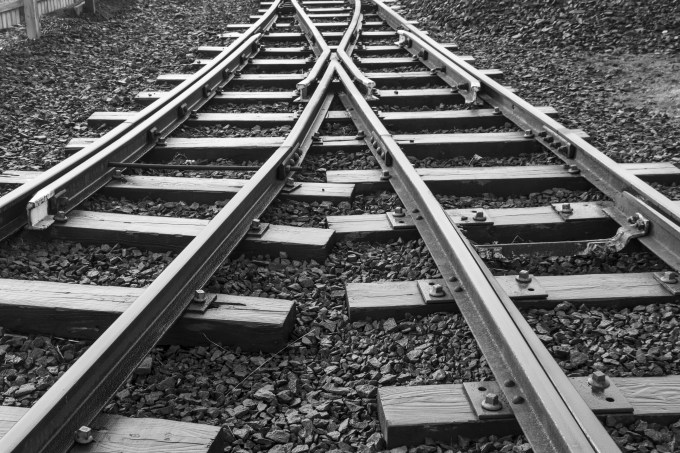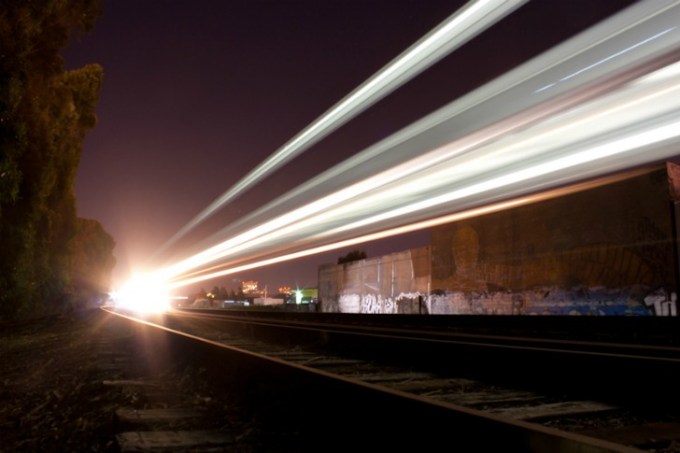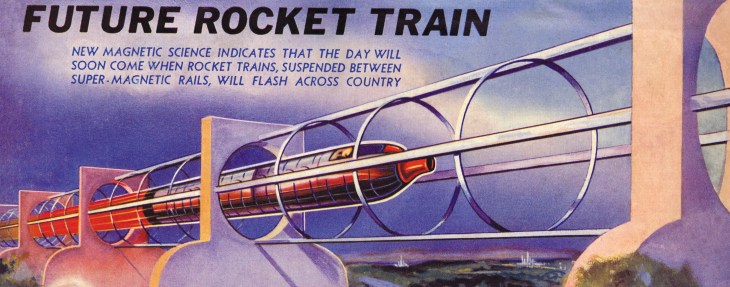Caltrain has a problem.
Passenger numbers are exploding thanks to the Bay Area’s tech boom, and service has not kept up with demand. Peak trains are full, and it is difficult to find the capacity to run more. Service frequency is the same as it was in the late 2000s, but daily ridership has grown from 36,000 in 2009 to 62,000 in 2016.
Riding outside rush hour is no better: off-peak trains don’t come frequently enough, and take more than an hour and a half to go between San Francisco and San Jose.
All of Caltrain’s problems have solutions. These involve smart investments in better service and one of the keys is the Caltrain electrification project. For $2 billion, it would wire the line between San Francisco and San Jose and buy new high-performance electric trains, reducing local travel time by twenty minutes.
And yet, the Republican Party is threatening to cancel the project.
Caltrain is seeking $647 million in federal funds, but the state’s entire Republican Congressional delegation sent Secretary of Transportation Elaine Chao a letter demanding that she freeze funding until California did a new audit of high-speed rail.
In effect, the Republican delegation wants the Trump administration to hold Caltrain hostage in order to force the state to cancel high-speed rail. Residents of the Bay Area and supporters of good government should be prepared to fight this move.
The Republicans do not have anything against Caltrain electrification. It is not as flashy as California High-Speed Rail, and up until now did not attract much attention from opponents of rail expansion. But it is a necessary step for bringing high-speed rail all the way to San Francisco since high-speed trains must be electric.
As a result, it is threatened with the chopping block. To the state’s Republican delegation, grandstanding about California High-Speed Rail is more important than solving the regional transportation woes of the Bay Area.

It is not just high-speed rail that requires Caltrain electrification. Two other regionally beneficial investments rely on the project as well.
The first is the Downtown Extension, which would bring trains from their current terminus at 4th and King to Transbay Terminal. Not many people work in Mission Bay near 4th and King; in contrast, based on analysis done by rail activist Clem Tillier, there are more than 100,000 middle- and high-income jobs within a half-mile radius of Transbay Terminal, more than within the same radius of every Caltrain station from 4th and King down to Gilroy, combined. The Downtown Extension tunnel would not be able to accommodate diesel trains because of the fumes.
Second, capacity upgrades require adding tracks. The Caltrain corridor has just two tracks, one in each direction. This means mixing express and local trains require carefully timing the schedules so that the fast trains don’t get stuck behind the slow ones. Electric trains accelerate much faster than diesel trains, which reduces the speed difference between trains that make all stops and trains that only stop at Baby Bullet stations.
Even then, some infrastructure for timed overtakes is required for additional capacity. High-speed rail includes money for such overtakes, which is useful for Caltrain as well. Electrification reduces the required scope of investment into overtakes.
In addition to capital investment, electrification is necessary for solving Caltrain’s problem of poor frequency. To run the Baby Bullet express trains, Caltrain had to cut service to the local stations. Several stations have only hourly service even at rush hour, even stations that are close to many suburban homes and jobs and had high ridership until the Baby Bullet came], such as California Avenue.
Because electrification reduces the speed difference between local and express trains, it would permit Caltrain to run frequent rush hour service to these stations, in both directions, for both traditional and reverse commuters.
All of these benefits together add up. Caltrain expects 100,000 passengers per weekday by 2040. If local trains go between San Francisco Transbay Terminal and San Jose in an hour and twenty minutes, and Baby Bullets in fifty, then this ridership level is not hard to reach. Ridership is already growing, and is limited by capacity and by poor service, both of which become easy to solve if Caltrain is electrified.

There is room for making Caltrain’s modernization project better. Its cost per mile is very high, for technical reasons some of which can be fixed. For example, the masts holding up the catenary wires are spaced more closely than is standard, and this raises the cost of installation. However, the high benefits of the project ensure that even at the current cost, it is worth it. Per rider, the cost is only about $20,000, one of the lowest costs of any rail project in the US today; the cheapest on President Trump’s wishlist is about $50,000.
The state’s Republican delegation is unlikely to be able to stop high-speed rail. Nor is it interested in reforming high-speed rail to be cheaper. The delegation’s request for an audit rings similar to rail cancellations in Ohio, Florida, and Wisconsin after the 2010 election brought Tea Party-supported Republican governors to this state—cancellations that led the federal government to divert more high-speed rail stimulus money to California. Even with its $3.3 billion in federal funds, California High-Speed Rail is increasingly relying on state money, from the cap-and-trade fund in addition to the Prop 1A ballot money.
Instead, the Republican delegation is going after a rail extension that is much smaller in scope than high-speed rail and has less room for future cost overruns or ridership shortfalls. Its attempt to force the state’s hand to shrink the role of government is leading to bad government. Instead of fighting off government waste, it is fighting off worthwhile public investments in order to make a political point.
To call your elected representatives in Congress, you may use the following script:
Hi, I am [say your name] from [say where you live]. I’m calling to urge you to voice your support of the Caltrain electrification project. It is more cost-effective than any mass transit project that the administration would like to fund, but California’s Republican delegation wants to choke federal funds to it, since it is a necessary component of California High-Speed Rail. Caltrain electrification has many benefits to local commuters who are stuck in traffic, regardless of what happens with high-speed rail, but the state Republicans want to hold it hostage until they get high-speed rail canceled. You owe it to your constituents to do what you can to make sure good public investments like Caltrain electrification get the funding that they need and are not held hostage to grandstanding.
The House Transportation and Infrastructure Committee‘s phone number is 202-225-9446; the Senate Commerce, Science, and Transportation Committee‘s number is 202-224-1251 for the Republican majority and 202-224-0411 for the Democratic minority.
